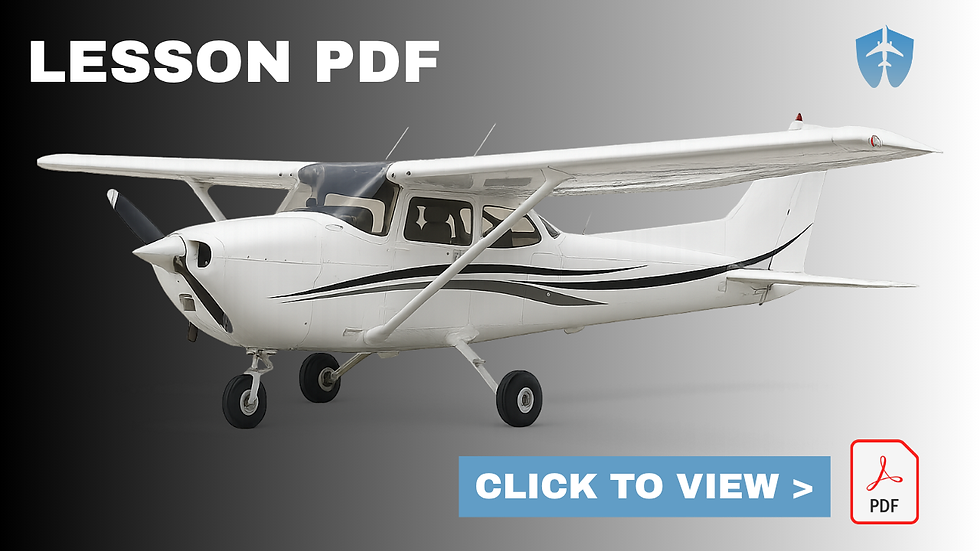14 CFR and Publications
- wifiCFI

- Feb 10, 2022
- 1 min read
Updated: Aug 16
Scroll down to study the lesson video, podcast, PDF document, quiz, and flashcards.
ADDENDUMS
There may be updates and/or corrections for this lesson (Active: 0). View Addendums >
LESSON VIDEO
PODCAST
LESSON QUIZ
Click the picture below to take the lesson quiz. You can send the quiz results to your email or to your flight instructor's email by entering it in the "Instructor's Email" field seen on the start page.
FLASHCARDS
You can adjust your flashcard settings with the gear icon in the upper right hand corner.

